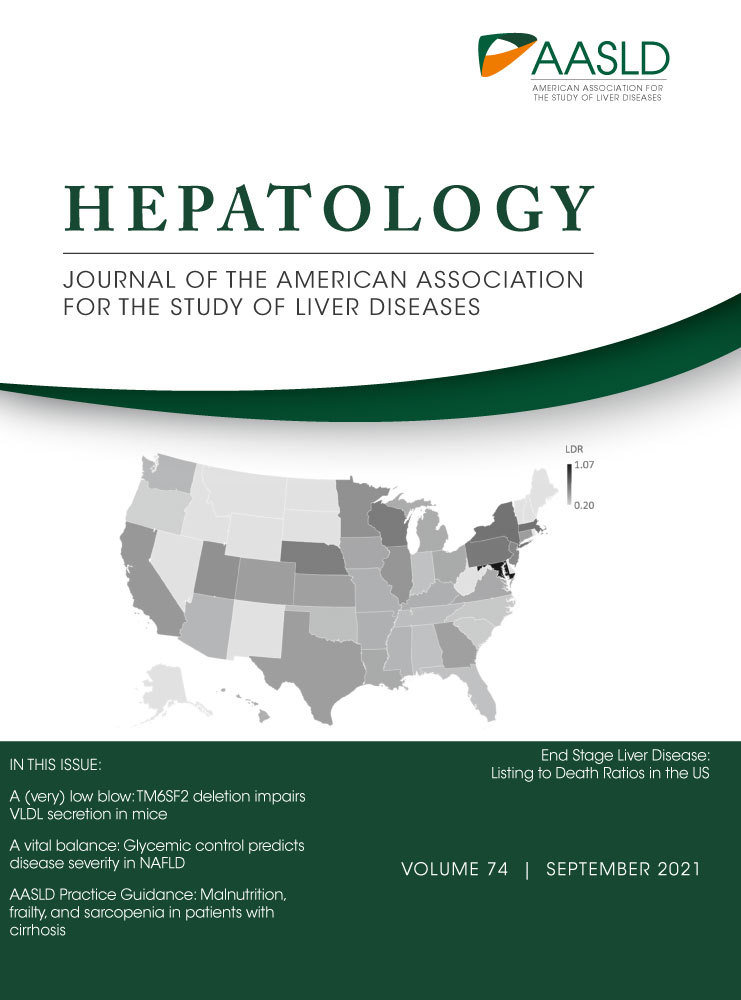A Prospective Study Evaluating Changes in Histology, Clinical and Virologic Outcomes in HBV-HIV Co-infected Adults in North America
Abstract
Background and Aims
Histological and clinical outcomes in HBV-HIV coinfection in the era of combination antiretroviral therapy (cART) are poorly defined.
Approach and Results
Adult patients co-infected with HBV-HIV from eight North American sites were enrolled in this National Institutes of Health (NIH)–funded prospective observational study (n = 139). Demographic, clinical, serological, and virological data were collected at entry and every 24 weeks for ≤ 192 weeks. Paired liver biopsies were obtained at study entry and at ≥ 3 years of follow-up. Biopsies were assessed by a central pathology committee using the modified Ishak scoring system. Clinical outcome rate and changes in histology are reported. Among participants with follow-up data (n = 114), median age was 49 years, 91% were male, 51% were non-Hispanic Black, and 13% had at-risk alcohol use, with a median infection of 20 years. At entry, 95% were on anti-HBV cART. Median CD4 count was 562 cells/mm3 and 93% had HIV < 400 copies/mL. HBeAg was positive in 61%, and HBV DNA was below the limit of quantification (< 20 IU/mL) in 61% and < 1,000 IU/mL in 80%. Clinical events were uncommon across follow-up: one hepatic decompensation, two HCC, no liver transplants, and one HBV-related deaths, with a composite endpoint rate of 0.61/100 person-years. Incident cirrhosis (n = 1), alanine aminotransferase flare (n = 2), and HBeAg loss (n = 13) rates were 0.40, 0.65, and 6.86 per 100 person-years, respectively. No participants had HBsAg loss. Paired biopsy (n = 62; median 3.6 years apart) revealed minimal improvement in Histologic Activity Index (median [interquartile range]: 3 [2-4] to 3 [1-3]; P = 0.02) and no significant change in fibrosis score (1 [1-2] to 1 [0-3]; P = 0.58).
Conclusions
In a North American cohort of adults with HBV-HIV on cART with virological suppression, clinical outcomes and worsening histological disease were uncommon.




